Temperature, pressure and level switches now come with SIL2 approval
11th February 2008
Source:
Impress Sensors & Systems Ltd
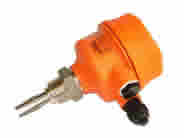
A UK-based company is now offering a range of temperature limiters/controllers, pressure transmitters, screw-in transmitters, submersible probes and level control switches, all with SIL2 (Safety Integrity Level 2) approval for hazardous environments.
The new range, supplied by Impress Sensors & Systems, a specialist manufacturer and distributor of sensors, instrumentation and complete system packages, based in Aldermaston, Berkshire – is targeted at safety and hazardous area applications, including process manufacturers, chemicals, oil and gas, nuclear and Atomic Weapons establishments. The devices are also suitable for medical device applications.
The process industry demands the highest degree of safety and reliability these days. The current Safety Integrity Level (SIL) international safety standard provides suppliers and users with a common framework on which to design products and systems for safety related applications. The standard also provides a more scientific, numerical approach to specifying and designing safety systems, enabling the nature of the risk to be quantified.
SIL means risk reduction to a tolerable level. The required safety level of a process plant is classified in accordance with the international IEC 61 511 standard and depends on the risk constituted by a plant. The IEC 61 508 standard describes the requirements of electrical, electronic and programmable electronic devices used in such plants. Both standards subdivide plants and devices into 4 safety levels, from SIL1 for low risks, to SIL4 for very high risks. The allocation to these safety levels is based on the use of a risk graph and depends on:
· Extent of possible damage
· Frequency of persons present in hazardous areas
· Possibility of damage prevention
· Probability of an unwanted event occurring
The standards also describe the type of risk assessment and procedures for integrating certain safety functions into sensors and plants. Generally, the significant hazards for equipment and any associated control system have to be identified by the specifiers or developers via a hazard analysis. The analysis identifies whether functional safety is necessary to ensure adequate protection against each significant hazard.
Examples within safety related systems for mechanical engineering include auxiliary disconnected systems; fire detector and gas warning systems; monitoring of turbines; safety interlock and auxiliary disconnected systems for machines; devices for medical applications; and remote monitoring based on network, handling and programming of procedural constructions.
The process industry demands the highest degree of safety and reliability these days. The current Safety Integrity Level (SIL) international safety standard provides suppliers and users with a common framework on which to design products and systems for safety related applications. The standard also provides a more scientific, numerical approach to specifying and designing safety systems, enabling the nature of the risk to be quantified.
SIL means risk reduction to a tolerable level. The required safety level of a process plant is classified in accordance with the international IEC 61 511 standard and depends on the risk constituted by a plant. The IEC 61 508 standard describes the requirements of electrical, electronic and programmable electronic devices used in such plants. Both standards subdivide plants and devices into 4 safety levels, from SIL1 for low risks, to SIL4 for very high risks. The allocation to these safety levels is based on the use of a risk graph and depends on:
· Extent of possible damage
· Frequency of persons present in hazardous areas
· Possibility of damage prevention
· Probability of an unwanted event occurring
The standards also describe the type of risk assessment and procedures for integrating certain safety functions into sensors and plants. Generally, the significant hazards for equipment and any associated control system have to be identified by the specifiers or developers via a hazard analysis. The analysis identifies whether functional safety is necessary to ensure adequate protection against each significant hazard.
Examples within safety related systems for mechanical engineering include auxiliary disconnected systems; fire detector and gas warning systems; monitoring of turbines; safety interlock and auxiliary disconnected systems for machines; devices for medical applications; and remote monitoring based on network, handling and programming of procedural constructions.
Similar articles
More from Impress Sensors & Systems Ltd
- Ready-to-mount, ATEX-prepared pressure sensor modules for OEMs 3rd July 2009
- Impress Sensors & Systems to distribute Ashdown Control products 28th May 2009
- Process indicators are ideal for OEMs, systems integrators and panel builders 6th February 2009
- Pressure switches now certified for hazardous areas 21st August 2008

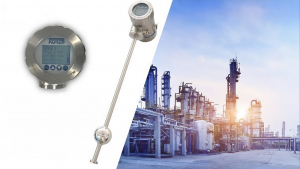
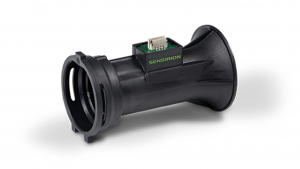
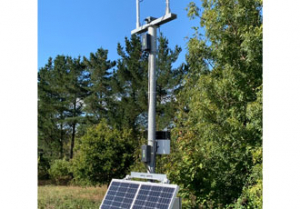
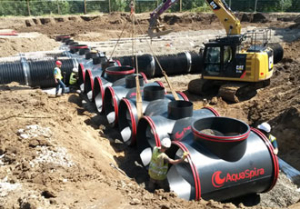







Write a comment
No comments